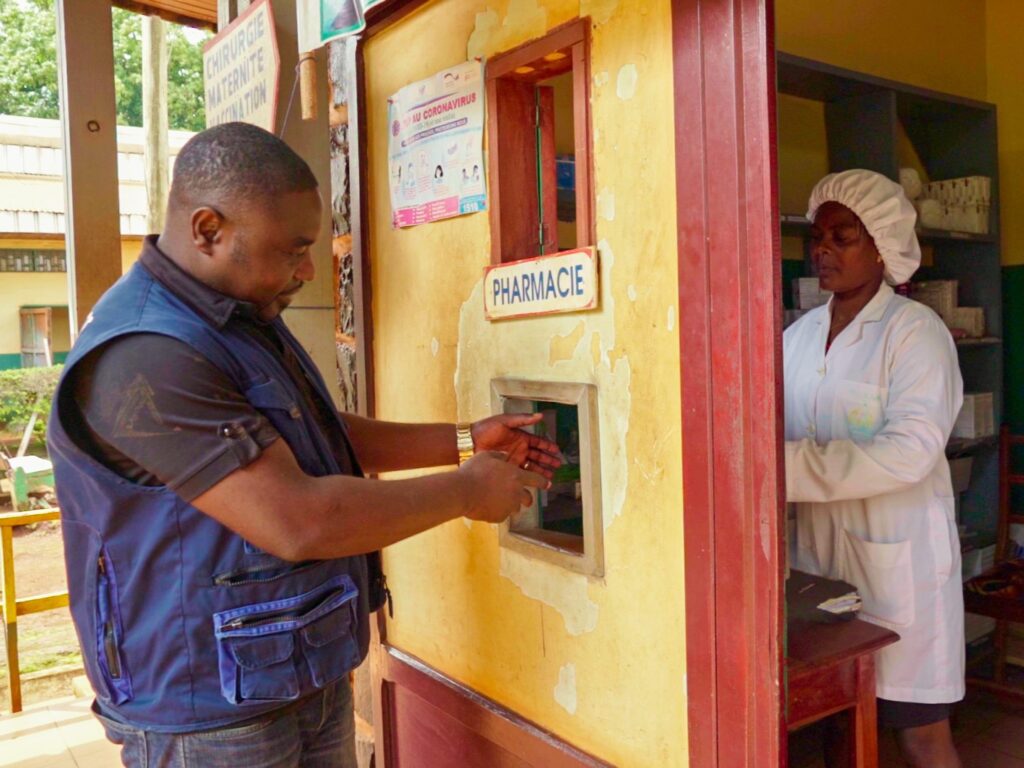Keeping Health Facilities Safe: One Way of Strengthening the Interaction between Disease-Specific Programmes and Health Systems
Keeping Health Facilities Safe: One Way of Strengthening the Interaction between Disease-Specific Programmes and Health Systems
Abstract
The debate on the interaction between disease-specific programmes and health system strengthening in the last few years has intensified as experts seek to tease out common ground and find solutions and synergies to bridge the divide. Unfortunately, the debate continues to be largely academic and devoid of specificity, resulting in the issues being irrelevant to health care workers on the ground. Taking the theme ‘What would entice HIV- and tuberculosis (TB)-programme managers to sit around the table on a Monday morning with health system experts’, this viewpoint focuses on infection control and health facility safety as an important and highly relevant practical topic for both disease-specific programmes and health system strengthening. Our attentions, and the examples and lessons we draw on, are largely aimed at sub-Saharan Africa where the great burden of TB and HIV/AIDS resides, although the principles we outline would apply to other parts of the world as well. Health care infections, caused for example by poor hand hygiene, inadequate testing of donated blood, unsafe disposal of needles and syringes, poorly sterilized medical and surgical equipment and lack of adequate airborne infection control procedures, are responsible for a considerable burden of illness amongst patients and health care personnel, especially in resource-poor countries. Effective infection control in a district hospital requires that all the components of a health system function well: governance and stewardship, financing, infrastructure, procurement and supply chain management, human resources, health information systems, service delivery and finally supervision. We argue in this article that proper attention to infection control and an emphasis on safe health facilities is a concrete first step towards strengthening the interaction between disease-specific programmes and health systems where it really matters – for patients who are sick and for the health care workforce who provide the care and treatment.


